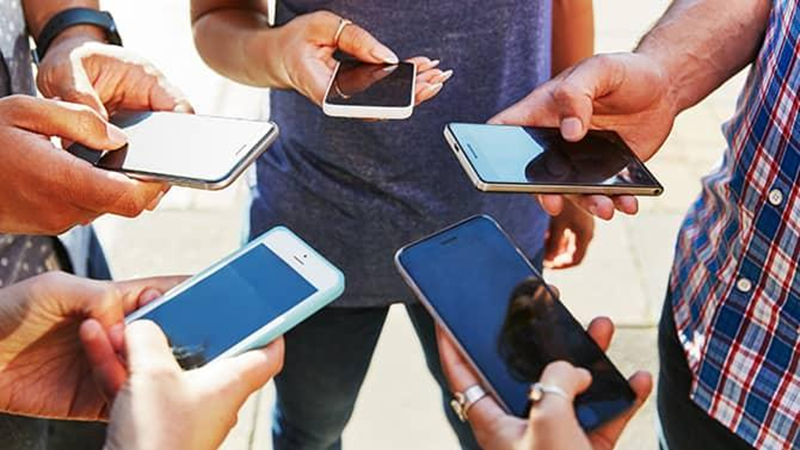Polio disease, caused by infection with poliovirus, has been a serious health crisis globally. Due to vaccination and awareness of this disease, most countries have achieved victory in stopping the infection. India is also among the polio-free countries, the last case of infection was reported in West Bengal on 13 January 2011. To increase immunity against this disease, the Government of India provides free oral polio vaccine to children below 5 years of age.
World Polio Day is celebrated every year on 24 October to reduce the risks of polio at the global level and make people aware of its prevention. It is also the birthday of Jonas Salk, the medical researcher who led the first team to develop the polio vaccine.

Although polio has almost been eradicated from most of the countries of the world, according to the report of the World Health Organization (WHO), cases of polio type-1 will continue to be reported in India's neighboring countries Pakistan and Afghanistan till 2022. Let us know about this infectious disease.
Know about polio infection
Polio is a disease caused by poliovirus that primarily affects the nerves in the spinal cord or brain stem. There can be a risk of disability due to polio infection, its symptoms look like paralysis. Some people may have trouble breathing, due to which there is also a risk of death.
Due to vaccination efforts worldwide, cases of infection have decreased significantly in recent years. However, some countries are still victims of this problem.
How does this infection occur?
Poliovirus primarily targets nerve cells in the spinal cord and brain stem that control muscle movement.
People infected with the poliovirus, even without symptoms, may put other people at risk of infection. This virus can easily spread to others through droplets released when an infected person defecates, sneezes, or coughs.
Know about the symptoms of polio infection
According to WHO, 70 to 95 percent of people infected with poliovirus do not have any symptoms.

Initial symptoms include fever, fatigue, headache, vomiting, stiff neck, and pain in the hands and legs. One in 200 infected may develop paralysis (usually in the legs). If paralyzed people have difficulty breathing, there is a risk of 5-10% death. Polio mainly affects children under 5 years of age.
Polio treatment and prevention
There is no cure for polio, so the focus is on reducing its symptoms and complications in those infected. For this, it is advised to take painkillers, do exercises to control muscle pain and spasms, give rest to the patients, and pay attention to nutrition. Physiotherapy may be beneficial in improving bone deformities and muscle function.
Polio vaccines help children's bodies develop immunity to fight the polio virus. Apart from this, taking care of hand hygiene is also helpful in reducing the risks of infection.
(PC: Freepik)










